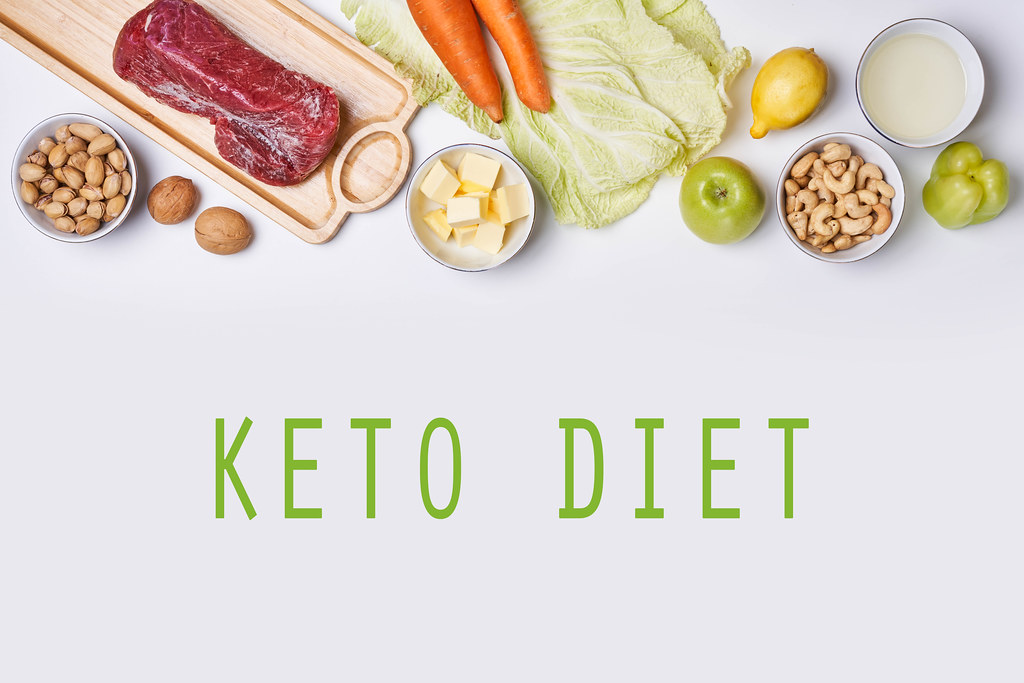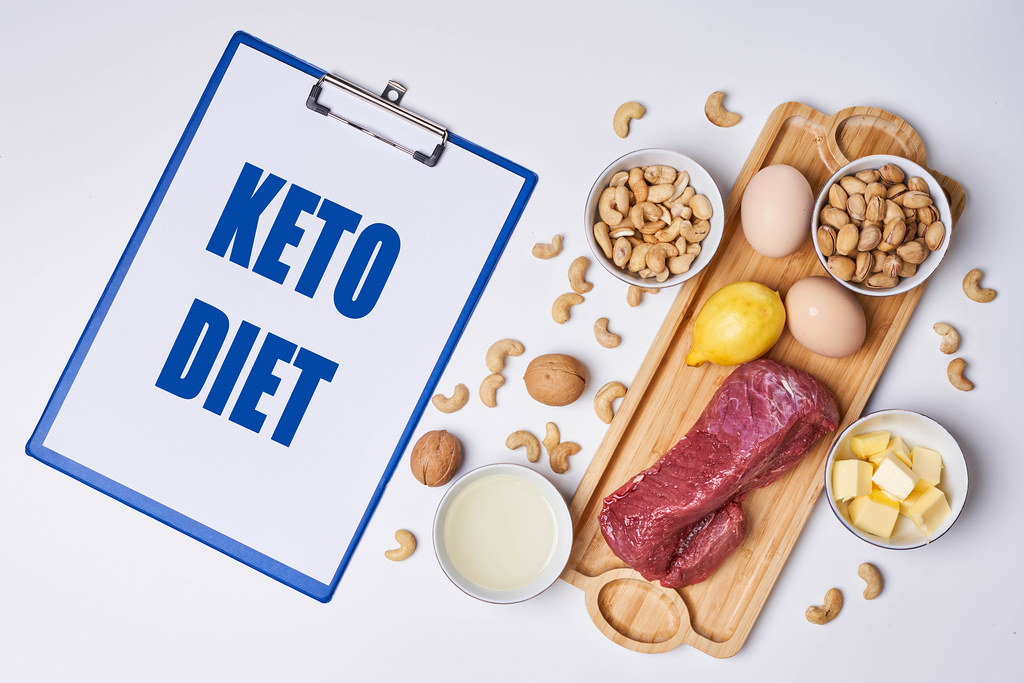Can a Keto Person Eat Cereal? The Low-Carb Cereal
The ketogenic diet has gained popularity for its potential health benefits and effectiveness in promoting weight loss. However, following a keto diet requires strict consistency to a low carbohydrate and high fat eating plan.
With cereal being a staple breakfast option for many, the question arises if keto people eat cereal.
In this short cereal guide, we will explore the challenges of finding keto-friendly cereal options and present alternative low-carb breakfast choices. We will also discuss how to select a good cereal to have a good nutritional value, like checking the back side of custom cereal box packaging.
Understanding the Ketogenic Diet

The ketogenic diet aims to induce a state of ketosis, where the body burns fat for fuel instead of carbohydrates. This requires severely limiting carbohydrate intake to typically around 20 to 50 grams per day.
Traditional cereal, high in carbohydrates, does not align with the principles of a ketogenic diet.
Challenges with Traditional Cereal
Regular cereal is typically packed with refined grains, sugars, and high carbohydrate content, making it unsuitable for those following a keto lifestyle. Even so-called healthy cereals often contain hidden sugars and additives that can derail ketosis.
Exploring Low-Carb Cereal Alternatives
While most traditional cereals are off-limits for keto dieters, there are low-carb cereal alternatives available in the market. These options are typically made from high-fiber ingredients, such as nuts, seeds, coconut, and almond flour, which provide a satisfying crunch without excessive carbohydrates.
Look for labels indicating keto-friendly, low-carb, or sugar-free to guide your choices. Mostly it’s printed on the backside of any custom cereal box.
Other Keto-Friendly Breakfast Options
If you cannot find suitable low-carb cereal options or want to diversify your breakfast choices, there are plenty of keto-friendly alternatives to consider.
Eggs
Eggs are a versatile and nutritious option. They can be scrambled, boiled, or turned into omelets with low-carb vegetables and cheese.
Greek Yogurt
Opt for full-fat, unsweetened Greek yogurt, and add a handful of berries or chopped nuts for flavor and texture.
Smoothies
Blend unsweetened almond milk, spinach or kale, protein powder, and a small portion of low-carb fruits like berries or avocado for a refreshing breakfast.
Chia Pudding
Mix chia seeds with unsweetened almond milk and let it sit overnight to create a creamy and nutritious pudding. You can always add a sprinkle of nuts or berries for extra flavor.
How to Select a Nutritious Cereal?
When it comes to choosing a cereal that is both tasty and nutritious, there are several factors to consider. Let us look at a few factors.
Reading the Nutrition Label
To make an informed decision about cereal, start by reading the nutrition label. This label provides valuable information about the cereal’s composition, serving size, and nutrient content.
As said earlier pay attention to factors such as added sugars, whole grains, fiber content, and the macronutrient balance, and you can find this information on the backside of your custom cereal boxes.
Ingredients and Additives
Examining the ingredients list is crucial for selecting a nutritious cereal. Look for cereals that contain natural and wholesome ingredients while avoiding artificial additives. Pay attention to the presence of artificial colors and flavors, as well as preservatives.
Considerations for Dietary Needs
If you have specific dietary restrictions or allergies, ensure that the cereal you choose aligns with your needs. Consider factors such as gluten-free options for those following a gluten-free diet and check for common allergens in the ingredients list.
Portion Control and Additional Nutritional Boost
While cereals can be part of a balanced breakfast, it’s important to practice portion control and enhance the nutritional value. Be mindful of the recommended serving size mentioned on the nutrition label. Consider adding nutrient-dense toppings or mix-ins to increase the overall nutritional value of your cereal.
Selecting a nutritious cereal involves careful consideration of the nutrition label, ingredients list, dietary needs, portion control, and additional nutritional boost. By paying attention to these factors, you can find a cereal that not only tastes great but also provides essential nutrients to support your overall health and well-being.
While traditional cereal is not suitable for individuals following a ketogenic diet due to its high carbohydrate content, there are low-carb cereal alternatives available that can be enjoyed in moderation.
It’s important to read labels, choose options with minimal net carbs and added sugars, and consider portion sizes to maintain ketosis. Exploring other keto-friendly breakfast options beyond cereal can provide variety and ensure a balanced and satisfying morning meal.
Remember to consult with a healthcare professional or registered dietitian before making any significant dietary changes, especially if you have specific health concerns or conditions, and don’t forget to check custom cereal boxes for ingredients or other such information before consuming them.
The content is given to us by packagingglobe.com

















